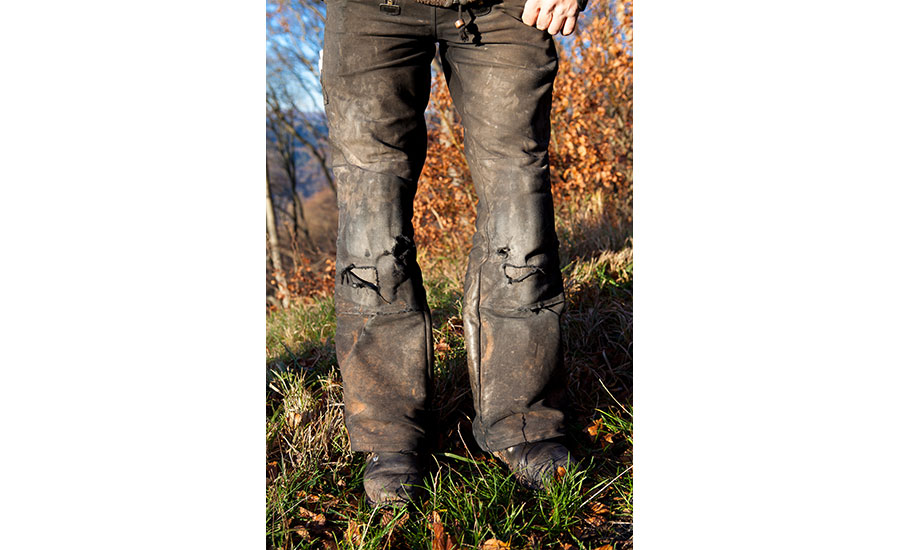Inspect FR clothing for wear & tear
Repair or replace?

Flame-resistant (FR) doesn’t last forever. Since FR clothing can be expensive to replace, it’s usually best to repair these garments whenever possible. But if your FR clothing is beyond repair, your only choice will be to replace these garments.
Regularly inspect FR clothing
You and your team should inspect FR clothing before every shift. Be on the lookout for the following warning signs:
- Thinning fabric, holes, tears, cuts, burn marks, and everyday wear and abrasion, especially in joint areas, such as the knees, elbows, and shoulders.
- Nonfunctional elements, such as malfunctioning zippers, pockets, buttons, or seams.
- Noticeably altered garments, including patches, stretching, additional fabric, alterations and anything else that alters the clothing from its original design.
- Uncomfortable fit, including overly large or small garments that cannot be properly secured to the user.
- Permanently stained or soiled fabric, including any spots or stains that cannot be removed with cleaning.
Once risks have been identified, take the FR clothing out of rotation and find your employees a suitable replacement.
When considering whether to repair or replace, consult the manufacturer’s warranty. Some items come with warranties that state when these items should be retired from service in the field, i.e., after a certain number of washes or uses. If the clothing was involved in a fire-related incident or appears beyond repair, it’s best to replace it outright.
How to repair and maintain clothing
When deciding whether to repair or replace a garment, it’s best to contact the clothing manufacturer directly. Describe the problem or condition on the phone or upload a photo to an email or text message and wait for further instructions.
Some repairing FR clothing best practices:
- Use fabric consistent with the garment’s original fabric regarding FR performance. All fabric and patches should be specially treated with flame-resistant chemicals.
- When sewing seams and patches, use FR thread.
- Garment elements, such as zippers, buttons, knit cuffs, draw strings, and reflective tape, should also be FR.
Use these maintenance techniques to extend the life of your FR clothing:
- Store your FR clothing in a secure, dry, room-temperature location.
- Use caution when handling sharp objects and equipment in the field.
- If your team is working in a particularly hazardous environment, disposable FR coveralls and shawls can help protect your team’s FR clothing.
- Adhere to the manufacturer’s guidelines when washing your FR clothing.
- Invest in quality, well-made FR clothing that will stand the test of time.
The better you maintain your FR clothing, the less you’ll have to spend on new materials and garments. Always inspect the integrity of garments before putting them back in rotation. Address any issues with your FR clothing right away according to the manufacturer’s guidelines.
Looking for a reprint of this article?
From high-res PDFs to custom plaques, order your copy today!





